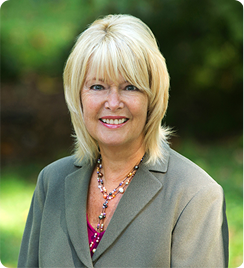
Frequently people tell me they regret they haven’t done more in their lives. They reference the career goals they set in their 20’s and beyond and come up missing. They compare themselves to others who have done more, those who are in a whirl of activity and are well known. In a way it feels like junior high school: comparisons with the popular kids, the In crowd.
Where do these expectations come from? How do they pop into our heads? It doesn’t take long to hold our families and teachers responsible for instilling early expectations. Maybe you had helicopter parents or instead ones who encouraged you to follow your own interests. We needed our parents and educators to introduce us to varied sports, skills, activities, ideas and then we grabbed the flag and took off in various directions. How did you imagine your future when you were 10, 15, 20? What were you headed for then? Some of us are in the ball park and others far afield. I never became that veterinarian or U.N. translator.
As we picked and chose among various interests, we learned what we were good at, what came naturally, and what intrigued us. Sometimes we tended to follow what our friends were doing. It felt good to be part of the pack. Sometimes we were the leader who showed others how it was done. Other times we marched alone to our own music.
After a while we settled on a career and built our lives around it. But soon that comparing comes up again, whether we are the employee or the boss. We tend to feel we can always do more and wonder how others seem to do it all. Perhaps we live with a vague disappointment in ourselves, a disappointment which impacts our hope and energy.
As we age, our dreams change slightly or in a huge way. In addition to our paid work, our priorities grow to include family, friends, interests, and community. Our lives become more complex with competing demands.We wonder where we want to turn next. We may care about money, fame, leadership, creativity, significance, or being a pioneer. Again, are our criteria internally or externally driven? How do you recognize the factors that define your success?
What I have learned is that our priorities are driven by changing responsibilities. Consider your primary responsibility now. What was it 10 years ago? What will it be in another 10? Before and after children are launched, education achieved, and financial stability gained, we may focus primarily on our own satisfaction: what will light us up? If we are spending the majority of our waking hours at work, how do we want that experience to be?
Losing touch with dreams results in a vague confusion. Many people state they don’t know what they want. They have spent so much time doing what they “should”, they don’t know how to check in with themselves. That’s a time when we are vulnerable to comparisons. We look at others who seem on track and think that’s what we want to do or where we want to be. The danger is that we pick a direction or value that doesn’t fit and we end up dissatisfied.
That is where the difference between role models and people we envy is helpful. Role models serve as inspirations for purpose and mastery. Think about who in your community you admire. What is it about them that resonates with you? My grandfather comes to mind. He worked until he was about 85 and also created beauty by gardening in his backyard. And he always made time to do things with me. He had a balanced and well-lived life that kept him active and smiling.
“When you stop comparing what is right here and now with what you wish were, you can begin to enjoy what is”, Cheri Huber
If we are clear about what we value, we are less drawn to compare with others. Instead we ask, “am I living the life I choose?” As I navigate my encore career, I am mindful of hundreds of opportunities floating by my eyes like clouds. They change daily, monthly, yearly and present me with choices of how I want to be involved. I can reach up and grab any of those clouds and try them out, discard what doesn’t work, and keep what does.
Instead of comparing yourself to others:
Contemplate how satisfied you are
Appreciate your growth
Take note of your wins
Embrace your contributions
Remember your lessons learned
Be grateful for today
Make a plan that includes all that makes you come alive
Happy travels and see you on the path!









